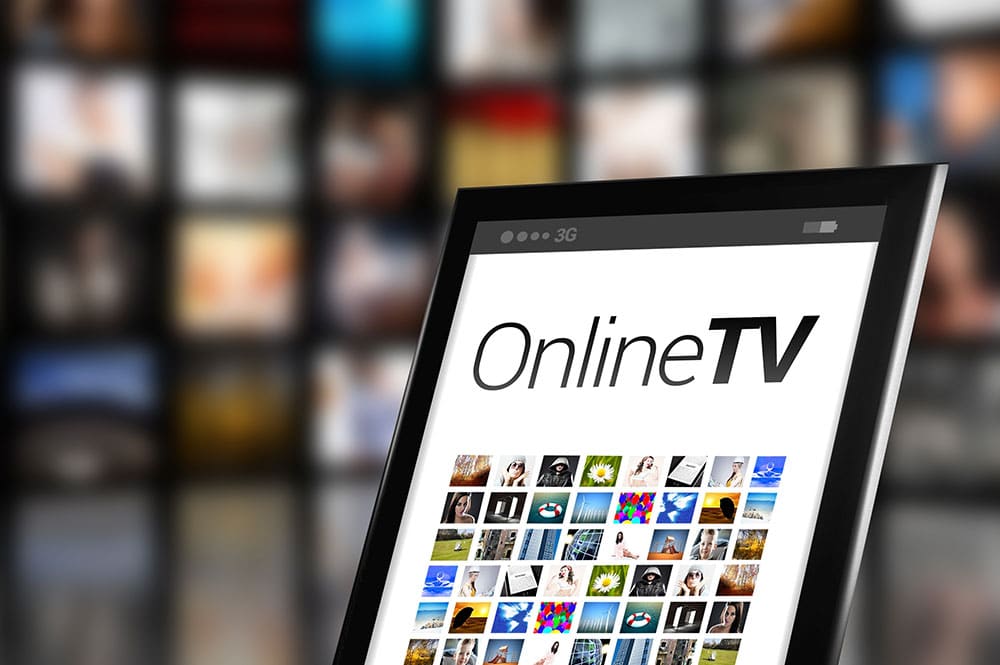Streaming television is not new, but with all that’s been happening this past year, it is fast becoming the wave of the future. The service had grown steadily over the last few years, but now it is becoming a tsunami. And that likely will not change once life returns to “normal.”
Cable television subscription numbers have been dropping for the past several years, with over 6 million households “cutting the cord” in 2020, a record high 15% cancellation rate. According to one survey, that number is predicted to increase to a whopping 27% this year. Streaming consumption now accounts for 68 percent of TV viewing versus 28 percent for traditional linear TV viewing, according to that same survey.
Comcast is the largest cable provider in the US, with approximately 22.1 million subscribers. Netflix, the largest provider of streaming television, by contrast, has 77 million US subscribers.
The number of streaming services continues to grow. In 2017, there were over 200 streaming services, with 60 launched that year alone. Several big players have joined in the fray since then. Disney+ was launched in November 2019 and already had 26.5 million US subscribers in the first quarter of 2020. HBO Max launched in May 2020 with 38 million subscribers. And over 26 million people have signed up for Comcast’s Peacock service, launched last July.
The options for streaming follow two potential paths: fee-based advertising-free subscriptions, known as SVoD (subscription video-on-demand) or an advertiser-based, free to user service, called AVoD (advertising-based video-on-demand). SVoD providers include Netflix, Disney+, and Apple TV+, among many others. SVoD revenue reached almost $16 billion in 2020, with the US market accounting for almost 40 percent of that.
AVoD is free to the user, but is funded by advertising, similar to broadcast television. Some examples of providers of this type of service are AT&T Now, Fubo, Tubi, Crackle, and Pluto TV. In addition, some providers offer packages that give options for both ad-free subscriptions and advertiser-based free programming.
For advertisers, streaming television offers brands the opportunity to reach highly engaged viewers on a targeted, impression basis rather than the mass-audience coverage of traditional linear TV. And, although linear television currently dominates video ad spend, with as much as 90% of overall dollars spent, that will quickly change.
According to a recent study done by Tubi, one in five advertisers are expected to devote a quarter of their entire video budget to streaming TV in 2021. And, over the next six months, 66 percent of all advertisers in the study are expected to increase their streaming ad budgets.
There are hurdles to overcome. According to that same study, many agencies and marketers remain unclear about how audience-based streaming advertising works. They say they would invest more in streaming ad buys if they could better manage ad frequency. Others said they wanted to see greater transparency into where and how their ads would run.
So, the dynamic tension continues as more advertisers are looking at streaming media for their future budget spends, even as the medium itself experiences rapid growth. Continued education, a little experimentation, and a whole lot of data will be the keys to finding success in these new opportunities.
Let Infinity Concepts help you with all your television advertising needs.
CLICK HERE or call us today at 724-733-1200.
- Committed Parents Produce Committed Christian Kids – Despite Example, Oldest Children Diverge - April 15, 2025
- Infinity Concepts Wins 2025 NRB Best Digital Innovation Award - February 26, 2025
- Most Evangelicals Believe Social Media Is Harmful, but Use It Anyway - December 10, 2024


